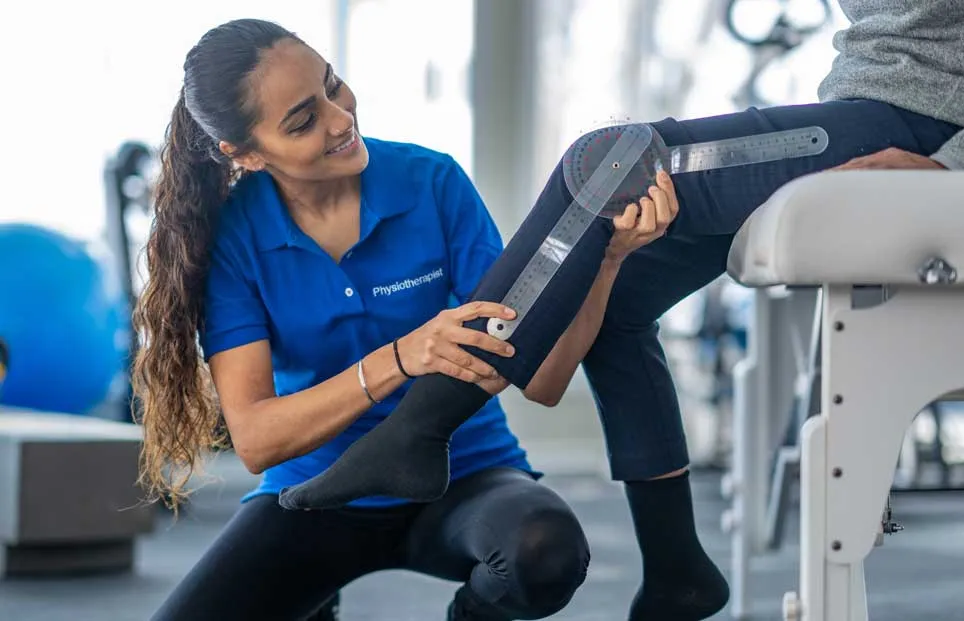
One of the primary advantages of strength training in recovery is its capability to enhance muscular power and endurance. When muscles are stronger, they can more effectively stabilize articulations and minimize the chance of recurrence of injury. For example, an individual healing from a knee trauma can benefit from exercises that strengthen the thigh muscles and hamstrings. These muscles play a crucial part in stabilizing the knee articulation. By including strength conditioning into their rehabilitation plan, individuals can recover their power more effectively and securely.
In addition to developing strength, strength conditioning also improves mobility and range of movement. Many injuries can result to rigidity in the affected region, making it difficult for individuals to move easily. Strength conditioning workouts often include extending and lengthening the muscular tissues, which can assist restore mobility. For instance, incorporating weight straps or weights into flexibility routines can improve the effectiveness of these workouts. As mobility improves, individuals can perform movements more effectively, which is essential for peak capabilities in their sport.
Another important visit aspect of resistance conditioning in athletic rehabilitation is its positive impact on psychological well-being. Recovering from an injury can be a challenging and exasperating process for individuals. Engaging in strength conditioning can offer a feeling of achievement and boost confidence. As individuals see gains in their power and abilities, they may feel more driven to continue their recovery process. This mental boost can be just as crucial as the bodily benefits, as a positive attitude can result to better outcomes in rehabilitation.
Finally, resistance training can assist individuals transition back to their sport more seamlessly. Once they have recovered their strength and flexibility, individuals need to rehearse sport-specific actions to guarantee they are ready for contests. Resistance training can be integrated with activity-specific exercises to create a comprehensive rehabilitation plan. This combination allows athletes to not only heal but also improve their performance. By focusing on both rehabilitation and performance, strength conditioning becomes an crucial tool in the recovery journey, helping athletes come back to their activity stronger and more durable.